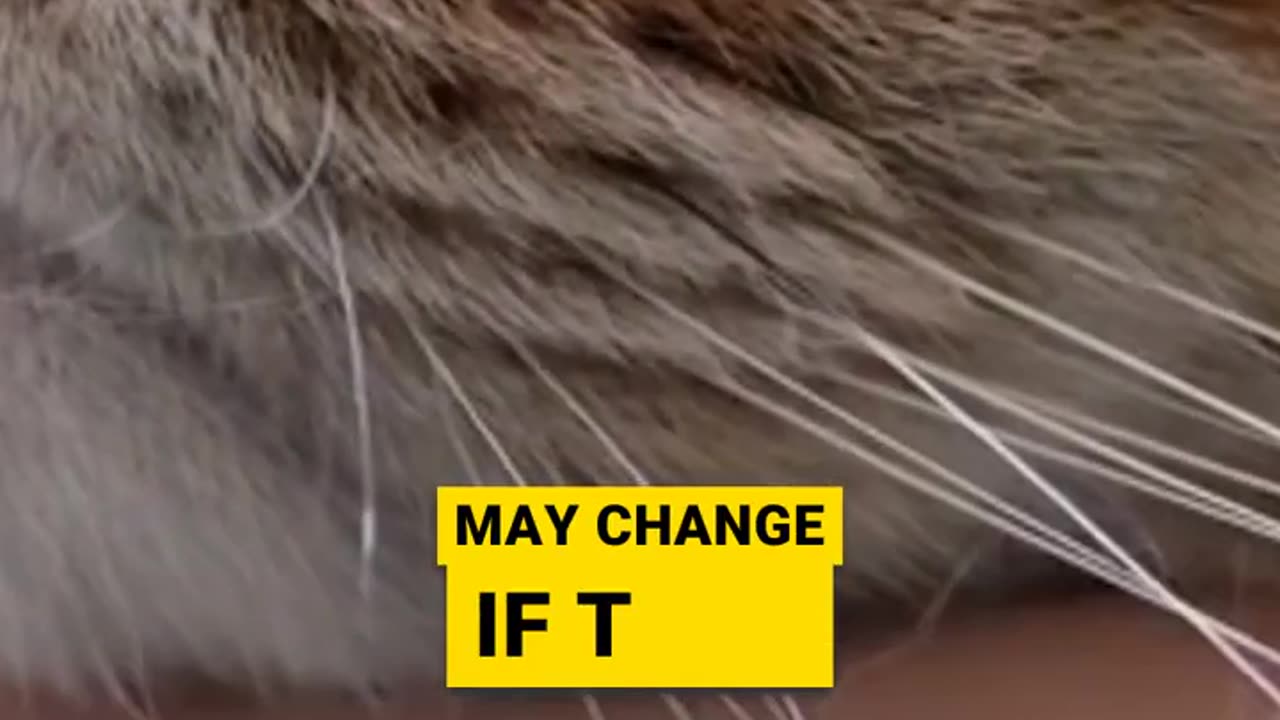Premium Only Content

The Cat Tail The Key to Communicate
Indeed, a cat's tail is a key element in their communication repertoire. Here's how they use their tails to convey messages:
1. **Tail Position**: The position of a cat's tail can convey their mood and intentions. A raised tail, often with a slight curve at the end, indicates a content and friendly disposition. A straight-up tail is a sign of confidence, while a puffed-up tail suggests fear or agitation. A lowered or tucked tail typically signals submission or unease.
2. **Tail Movements**: Cats use a variety of tail movements to express themselves. A gently swaying or twitching tail indicates curiosity or mild interest. Rapid back-and-forth movements can signal irritation or annoyance. A flicking or lashing tail may indicate agitation or aggression. A slow, deliberate wagging motion may suggest indecision or anticipation.
3. **Tail Language**: Cats communicate with other cats, animals, and humans through their tails. They may greet familiar individuals with a friendly tail wag or brush against them with their tail as a sign of affection. A cat may also lash its tail or hold it stiffly when feeling threatened or defensive.
4. **Visual Signals**: The color, length, and texture of a cat's tail can also convey information. A bushy tail may indicate excitement or arousal, while a sleek tail suggests relaxation. The coloration of the tail may blend in with the rest of the cat's body or feature distinctive markings, enhancing visual communication.
Overall, a cat's tail serves as a versatile tool for communication, allowing them to express a wide range of emotions, intentions, and social cues. Understanding the language of cats can deepen the bond between felines and their human companions. 🐾💬
-
 38:07
38:07
Michael Franzese
3 hours agoLeaving Organized Crime and Uncovering Mob in Politics: Tudor Dixon and Michael Franzese
18.7K5 -
 DVR
DVR
Jewels Jones Live ®
1 day agoAMERICA IS BACK | A Political Rendezvous - Ep. 111
18.3K31 -
 LIVE
LIVE
Due Dissidence
1 day agoLIVE: Workers Strike Back Conference ft. Chris Hedges, Jill Stein, Kshama Sawant, and More!
1,530 watching -
 8:36:37
8:36:37
Right Side Broadcasting Network
5 days agoLIVE REPLAY: CPAC 2025 Day Three with President Donald J. Trump - 2/22/25
310K86 -
 1:05:34
1:05:34
The Big Mig™
11 hours agoConfirmed Kash Patel New FBI Director, Bring On The Pain |EP483
46.8K17 -
 53:59
53:59
Tactical Advisor
7 hours agoThe Vault Room Podcast 009 | Everyone Getting $5000?!
44.6K9 -
 2:04:44
2:04:44
TheAlecLaceShow
18 hours agoLive at CPAC | Interviews with Dean Cain, Rep. Comer and more! | The Alec Lace Show
57.2K3 -
 LIVE
LIVE
Major League Fishing
3 days agoLIVE Tackle Warehouse Invitationals, Stop 1, Day 2
296 watching -
 3:12:37
3:12:37
I_Came_With_Fire_Podcast
15 hours agoNOC Spy: CIA uses SATANIC RITUAL ABUSE to make SLEEPER Cells
56.3K9 -
 28:42
28:42
CatfishedOnline
1 day ago $2.88 earnedWoman Insists Morgan Wallen Relationship Isn't a Romance Scam!
45.8K1